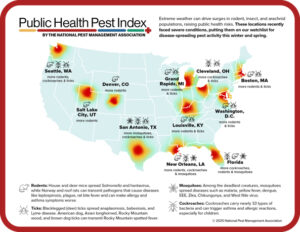While most of the warning letters seen on the FDA site are sent to human foods facilities, animal foods manufacturers are not off the hook, as illustrated by the warning letter issued to a pet food manufacturer in Minnesota.
In an FDA inspection conducted of the plant, evidence was found of Salmonella and Listeria monocytogenes contamination in a pet food product that was identified as a recurring issue, as previous FDA sampling had indicated pathogen contamination of product from this facility. As response to a previous letter from FDA, the facility stated that it was “unable to eliminate pathogens completely” which was, of course, considered to be an inadequate response, as the facility did not propose changes to its process or add additional interventions to address the recurrence of Salmonella in the pet food. As such, the pet food was considered to be adulterated.
The facility was also cited as misusing peroxyacetic acid (PAA) as an antimicrobial treatment on the meat components in the product. Although the facility cited USDA allowance for the use of PAA as an antimicrobial for the water used in processing, e.g., rinsing, meat and poultry, FDA regulates animal food, for which there are no food additive regulation for the use of PAA.
This warning letter shows the importance of understanding the regulatory body and regulations to which your facility and foods are subject. Citing inapplicable case studies or stating that you are unable to eliminate an adulterant will not be enough for FDA (or USDA) to remove the noncompliance of having an adulterated food, and is likely to lead to fines or even closure if not corrected.





